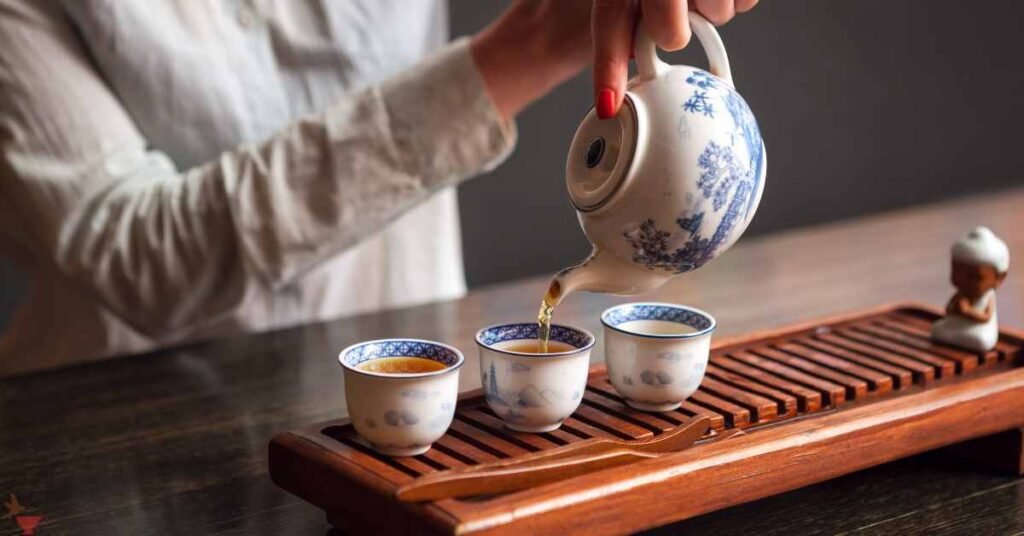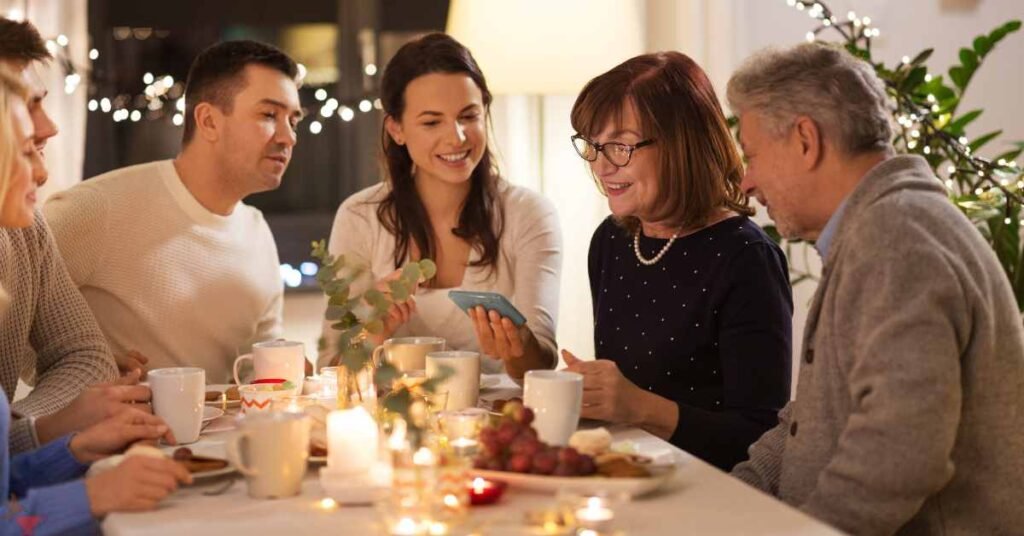Tea, beyond its delightful flavors and soothing aromas, has a remarkable ability to foster connections among people from vastly different cultures and backgrounds.
Across continents and centuries, tea has been a unifying thread, weaving stories of hospitality, diplomacy, and camaraderie.
A Global Tapestry of Tea Traditions

Tea’s journey began in ancient China, where it was first cultivated and brewed for its medicinal properties.
From there, it spread along trade routes to Japan, Korea, and eventually across Asia, each culture adapting and embellishing tea rituals to reflect their values and customs.
In Japan, the meticulous tea ceremony, known as chanoyu, embodies harmony, respect, and tranquility.
Meanwhile, in India, chai—a robust blend of black tea, spices, milk, and sugar—has become a symbol of hospitality and warmth, often shared among friends and strangers alike.
Tea as a Symbol of Hospitality
No matter where you go in the world, offering tea to guests is a universal gesture of hospitality.
In Morocco, the tradition of preparing and serving mint tea, or atay, is an elaborate ritual that signifies friendship and goodwill.
The tea is poured from a height to create froth, a sign of the host’s generosity.
Similarly, in Russia, tea is served hot and strong, accompanied by preserves, pastries, and lively conversation.
This tradition, known as zavarka, has deep roots in Russian hospitality and community bonding.
Tea in Diplomacy and Ceremony

Tea has played pivotal roles in diplomatic relations and ceremonial practices across history.
The famous Boston Tea Party of 1773 sparked the American Revolution and underscored tea’s symbolic significance as a catalyst for political change.
In modern times, tea ceremonies continue to serve as important cultural touchstones.
In China and Japan, these ceremonies are not only about serving tea but also about promoting mindfulness, harmony, and respect for traditions.
Bridging Generations and Cultures
Tea’s ability to bridge generational and cultural divides is perhaps one of its most endearing qualities. In many cultures, grandparents pass down tea rituals and recipes to younger generations, preserving family traditions and strengthening bonds.
Whether it’s sharing a cup of afternoon tea in England, enjoying merienda with tea in Spain, or sipping samovar tea in Russia, these moments create lasting memories and connections that transcend borders.
Tea: More Than a Beverage
Beyond its role as a beverage, tea serves as a canvas for creativity and innovation. In recent years, tea culture has experienced a renaissance with the rise of artisanal blends, tea tastings, and tea-inspired culinary experiences.
Tea festivals and gatherings bring together enthusiasts from around the world to celebrate their shared passion for this versatile drink.
Embracing Diversity Through Tea

In a world often divided by differences, tea stands as a unifying force that encourages understanding and appreciation of diverse cultures.
Whether you prefer the delicate flavors of green tea from Japan, the boldness of Assam tea from India, or the aromatic spices of Moroccan mint tea, each cup tells a unique story of heritage and tradition.
Final Word
From ancient rituals to modern-day gatherings, tea has transcended its humble origins to become a global phenomenon that connects people in meaningful ways.
As we raise our teacups in toast, let us celebrate the rich tapestry of cultures and traditions that tea continues to weave together, reminding us of our shared humanity and the joy of coming together over a cup of tea.
In essence, tea is not just a beverage; it’s a catalyst for connection, conversation, and community—a cuppa that brings us closer, sip by sip, across continents and cultures.
MEDICAL DISCLAIMER
Itsnevernotteatime.com cannot and does not contain medical/health advice. The medical/health information is provided for general and educational purposes only and is not a substitute for professional advice.




